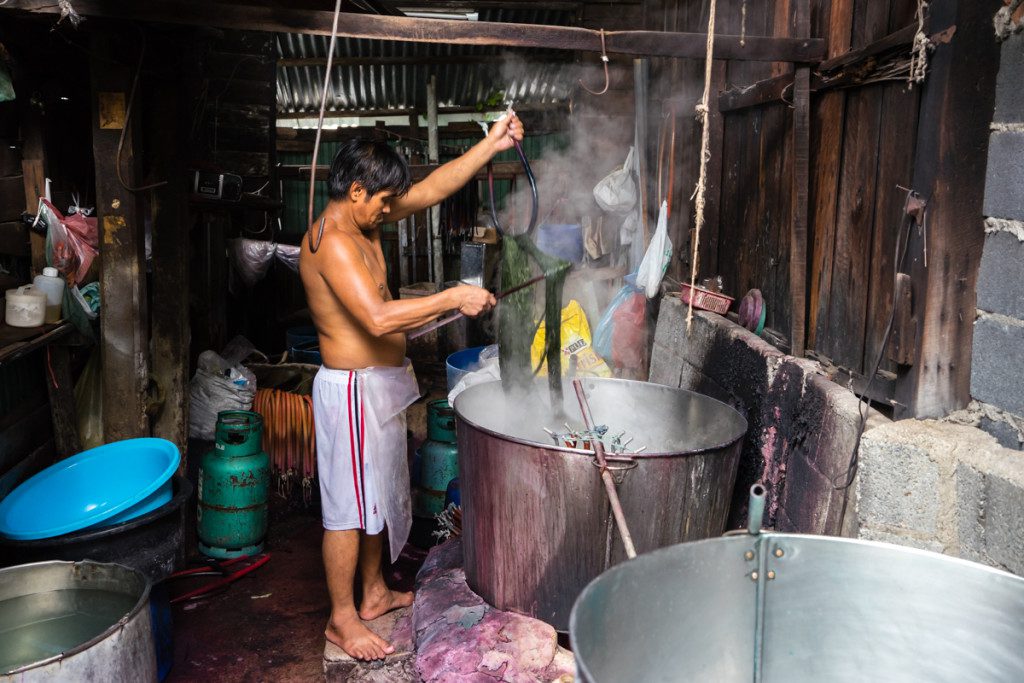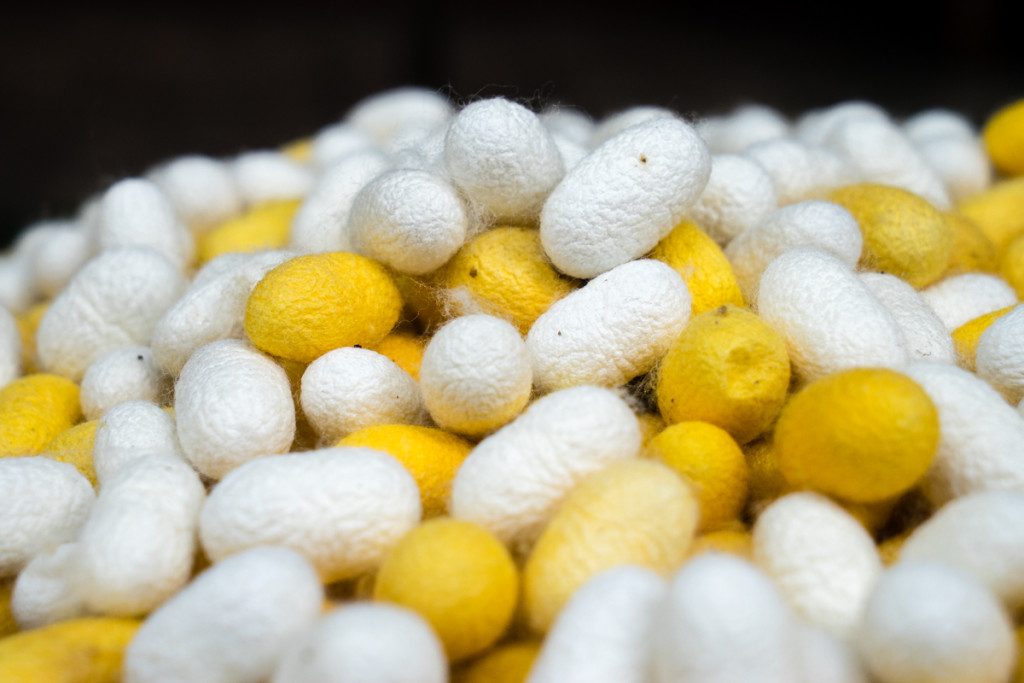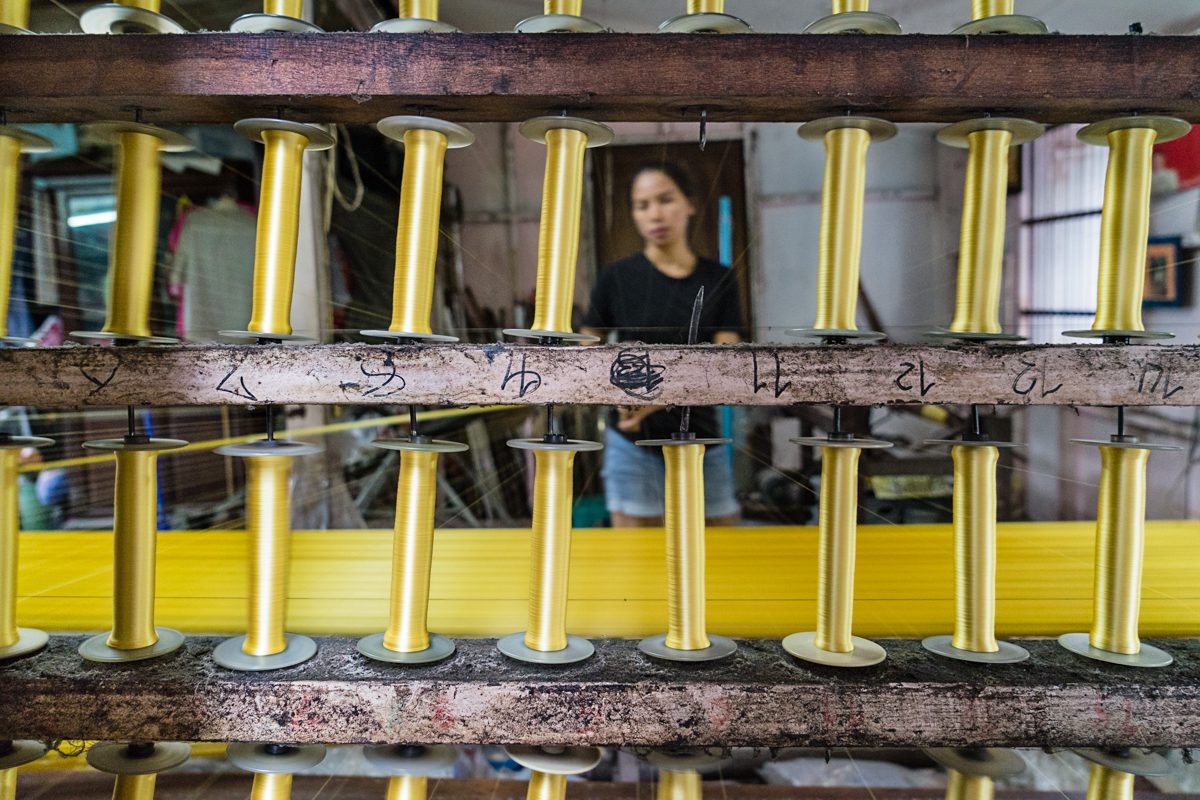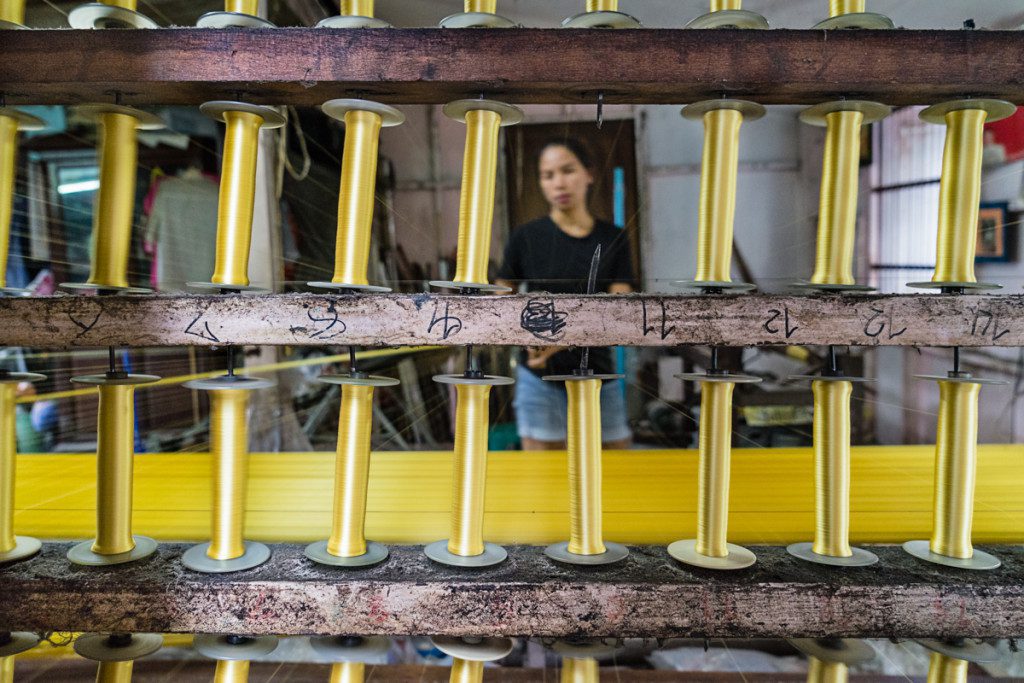Legendary American of Thailand
In the early 1950’s an American expatriate grew the Thai silk industry from near death into the most sought-after textile of the time period. He became known as the “Legendary American of Thailand” for his contributions to business, elaborate dinner parties, and stunning manor house. But since his mysterious disappearance, the once storied artisans that he rediscovered are slowly fading from memory.
This story first begins at the end of World War 2. Jim Thompson was a young agent for the Office of Strategic Services, the forerunner to the Central Intelligence Agency. He had recently been transferred from an outpost in modern-day Sri Lanka, to help defeat the Japanese forces holding Thailand. Upon the fall of the eastern front, he was chosen to establish the Bangkok field office for the OSS. Two years later, he was honorably discharged and he returned to Thailand to seek out business opportunities in the newly-free country.
It was about this time that he had his first encounter with the cottage silk industry. He loved wondering the city and would often take his boat out along the many canals that crisscross Bangkok. On one of these trips he ran across the neighborhood of Baan Krua Nua. The inhabitants are descendants of Cham Muslims that fled Cambodia and Vietnam in 1767 and went on to fight in the army of the new Siam king to reclaim the country. For their efforts, they were awarded a sizable portion of land on the San Saeb canal in eastern Bangkok.

Ancient Tradition
This people group have been known for their weaving skills as far back as the 14th century and it was with this talent that Thompson first saw huge potential. He founded the Jim Thompson Silk Company and began working with the weavers to modernize their patterns and colors for western audiences. After reams of his silk were used in the 1956 film The King and I, the Jim Thompson Silk Company became overnight sensations.
With the vast successes of his company, Thompson traveled widely and began collecting art from across the country. He also began designing his dream home that would sit on property just across the canal from the weavers of Baan Krua Nua. He purchased 6 original Thai homes from the countryside and had them brought in to Bangkok and reassembled into a single super structure shrouded in a dense garden. The teak homes flow from one into the other giving the separate structures a single form.

Stepping inside the house transports visitors to another era – in fact it is decorated just as it was in 1967. That very year, at the age of 61, Thompson was traveling with friends in Malaysia on holiday and decided to take a hike by himself. When he failed to return, an extensive search was assembled, but ultimately no trace was ever found. He disappeared at the height of the silk resurgence and 8 years after his house was completed.
He was an a avid collector of southeast Asian art with a particular fascination with broken things. In the dining room are his repaired 18th century Chinese plateware. In his bedroom a shattered mirror faces the master bed. In a hallway between bedrooms a Thai Buddha rests on a broken dragon. Our guide told us that this fascination is still seen as strange to Thais. They are a particularly superstition type and they are appalled at the broken bits scattered about. In Thai belief, keeping damaged items in your home brings bad luck to its owners. Thompson also kept a horoscope written by a buddhist monk on the wall above his desk. In it, the prophecy states that those born in the year of the horse would find great fortune in their 53rd year (the year he moved into his house) and great despair in their 61st (the year of his disappearance).

Future generations
With Thompson gone, the house and business were transferred to his nephew who turned his back on the weavers in Baan Krua and constructed a new factory in northeast Thailand to ramp the silk production to global scales. And once again, the small community of weavers began to die.
These days the Jim Thompson House and Museum is a top tourist destination in Bangkok. I would highly recommend checking out the museum as it offers a fascinating look into such an interesting and distinguished individual, but don’t just stop there. A short jog away, a few original weavers practice their craft as they have for generations.
I visited two and would recommend both. Loong Khun Aood was from one of the original eight families that supplied Thompson and proudly displays photos of Thompson and him in his workshop. His workers dye the thread in large vats in one room, while another weaves thread into bolts upstairs. Aood, himself, proudly demonstrated the vibrant colors and patterns of the same quality found at the museum for half the price.
Next door, Khun Niphon’s staff at Phamai Baan Krua work wooden looms, moving the shuttle back and forth at near-invisible speeds producing iridescent blue reams of quality Thai silk. Among mementos of another era, Niphon showed me a personally signed letter from Senator Robert Kennedy thanking him for his kind hospitality during a visit in the mid 1960’s. Like Aood, Niphon was an original supplier of Thompson and his shop was the site of the first small factory used by the silk company.

If you are in Bangkok, honor the artisans of this fading craft by visiting their shops, learning their stories and spreading their skill to all you can.
More Information
Where Soi Kasemsan 2 near the National Stadium BTS station
Cost 100 baht (About $3) for a tour of the house, free to wander the silk community
Stay Here Hostel Bangkok
Notes While beautiful, cameras are not allowed inside the house. Take as many photos of the exterior as you please. To get to the silk weavers after the house tour, take a left out of the house gates until you run into the San Saeb canal – about 60 ft. Turn left and walk along the path bordering the canal for 300 feet. Take a right on the pedestrian bridge over the water and then take an immediate left along the path that follows the north side of the canal. Within about 50 feet you will start to see signs for silk weaving.


May 28, 2015
This is beautifully written. Thank you for taking me on this glimpse of your journey. I remember seeing silk that my dad brought back from Thailand but knew very little of this part of history.